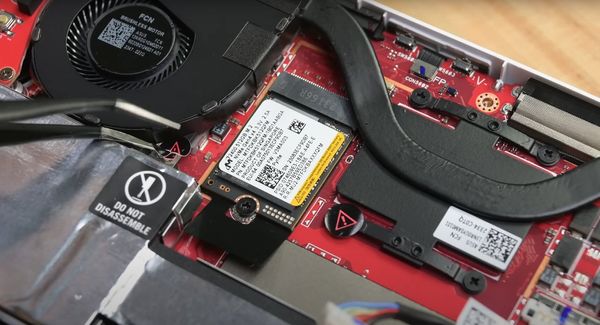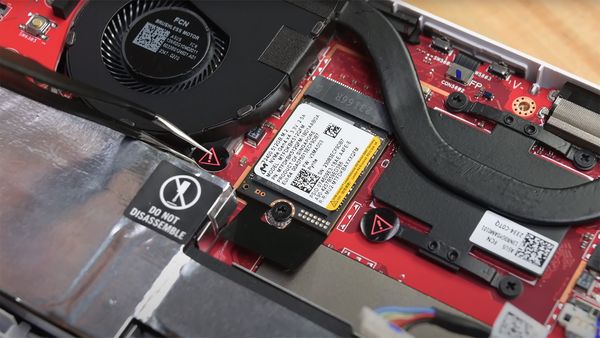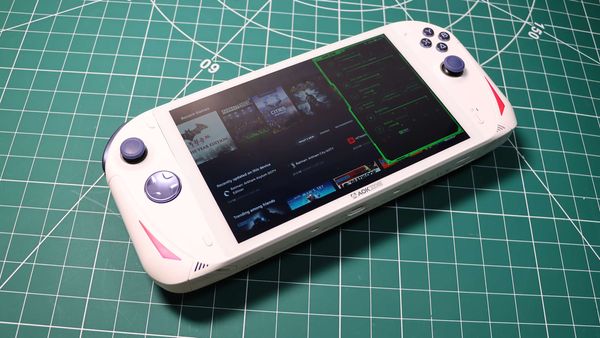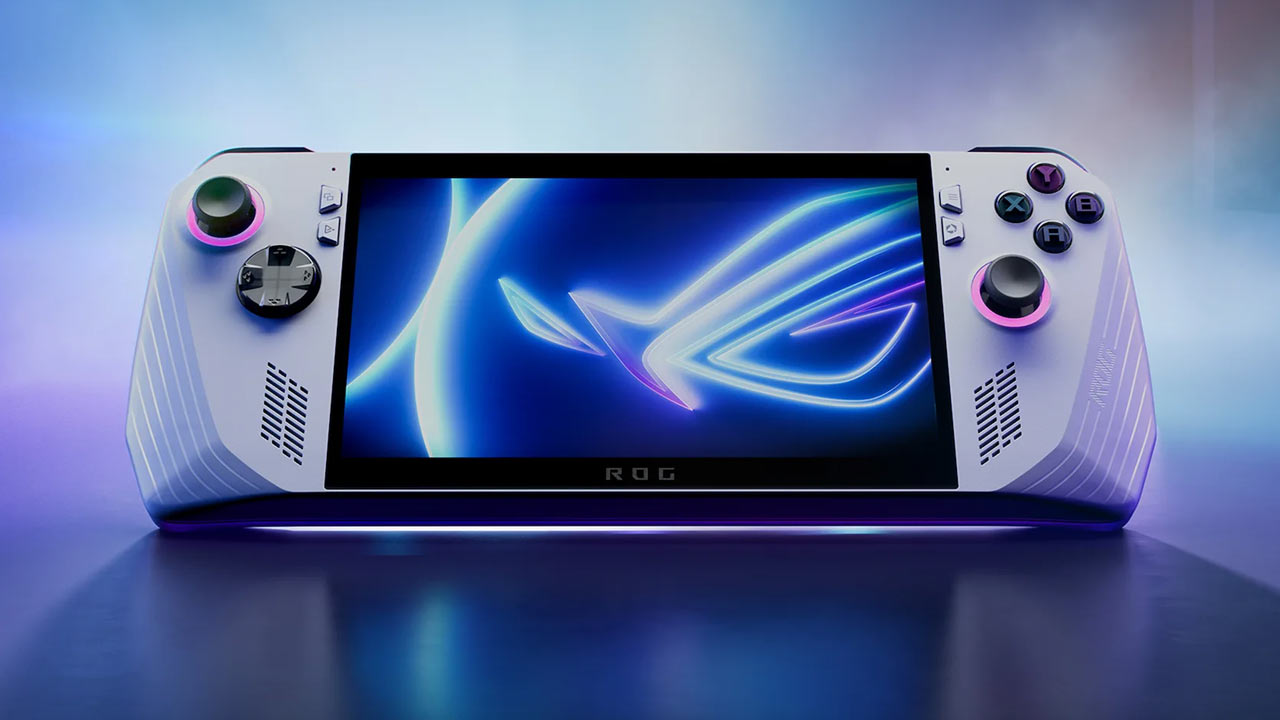
Asus's alluringly powerful handheld, the ROG Ally, has been subjected to one of iFixIt's extensive and detailed teardowns. The video teardown was positive, praising the device's easy-to-service battery, thumbsticks, fans, and SSD. However, the Asus ROG Ally loses some points due to a difficult-to-replace screen and the (lack of) availability of some custom spare parts.
iFixit wants to see under the skin of the Asus ROG Ally to check how it fares against the "undisputed king of PC-based gaming handhelds," Valve's Steam Deck. The repairability of a device is essential to tech enthusiasts, so the assessment of sites like iFixit is crucial to many users. Our extensive reviews of the Asus ROG Ally and Valve Steam Deck also opened units up, which can be read via the inserted links. However, iFixit goes considerably deeper in this respect.
Opening up the ROG Ally was a cinch, with just six Philips screws and a couple of tabs/clips needing to be sprung to get the back off. The battery has a do-not-tamper sticker (and two smaller warning stickers on other components). However, this is more safety advice than legal - as Li-ion batteries can be volatile if mistreated. iFixit described the ROG Ally's easily replaceable battery as its "biggest repair advantage" over the Steam Deck.


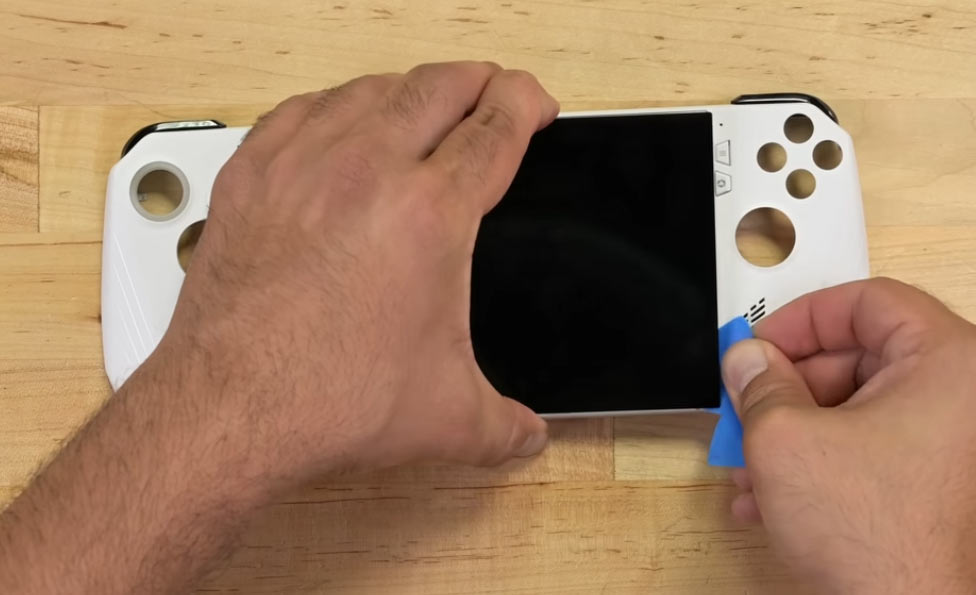
Despite the warning, the battery in the ROG Ally is more accessible to replace than that of the Steam Deck, as it is screwed down rather than glued down. Similarly, easy-to-unscrew components included the M.2 2230 form factor SSD (which can be upgraded to 2TB at the time of writing).
Further disassembly highlighted more user-friendly considerations to the design. For example, the thumbstick assembly is on a modular board, which is attached using screws and a detachable data cable. When detached, turning two more screws allows a user to separate the physical thumbsticks - which are prone to wear, depending upon the gaming styles and preferences of the user. The heatsink and fan assembly are modular and easy to remove / service.
After removing the mainboard, removing the modular speakers, power button, fingerprint sensor, LED ring, and other bits aren't tricky.
The screen wasn't very user-friendly to remove. Like many smart devices, this was glued in, and iFixit used a combination of scalpel and guitar picks to cut and lever it out to minimize the danger of breaking the glass (perhaps some hot air would be helpful on the glue).
A final drawback highlighted by the iFixit video concerns the lack of official ROG Ally spare parts. Asus hasn't yet committed to providing these to repairers or the public, but if it follows the trend set by its principal rival, it should do so in due course.
iFixit ends its video by slamming the ROG Ally's UI and its use of Windows. However, the good and bad aspects of Windows are very well known to Tom's Hardware readers, and we shared an extensive discussion of Armoury Crate SE on the Asus handheld in our review.






